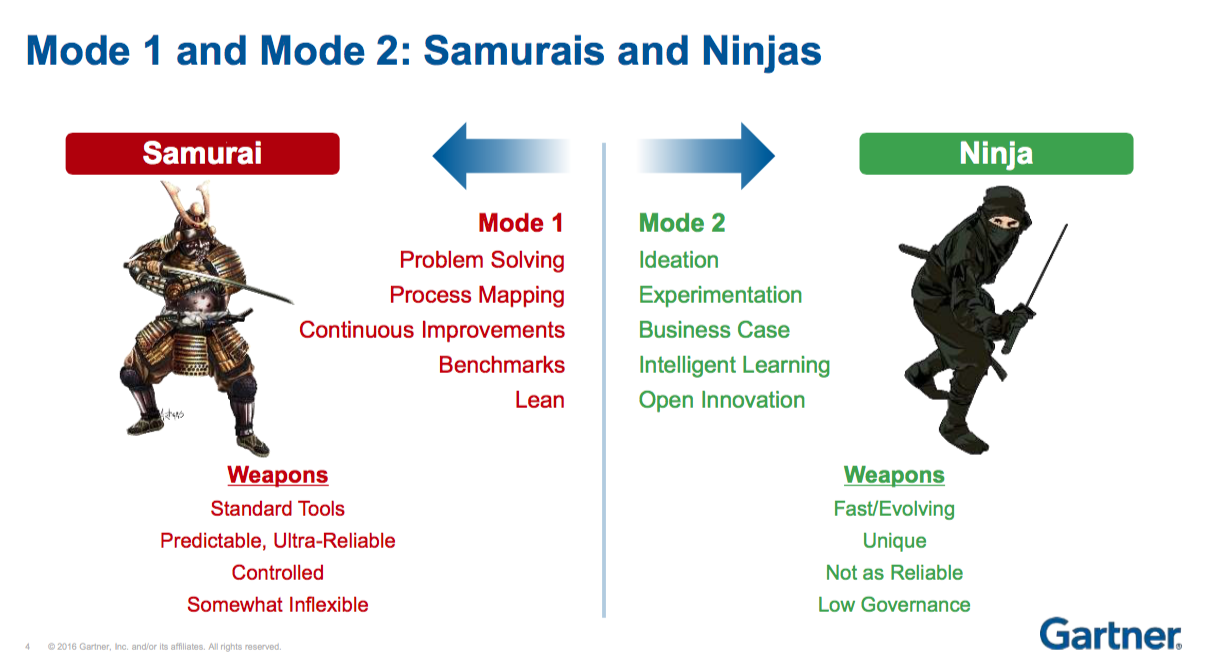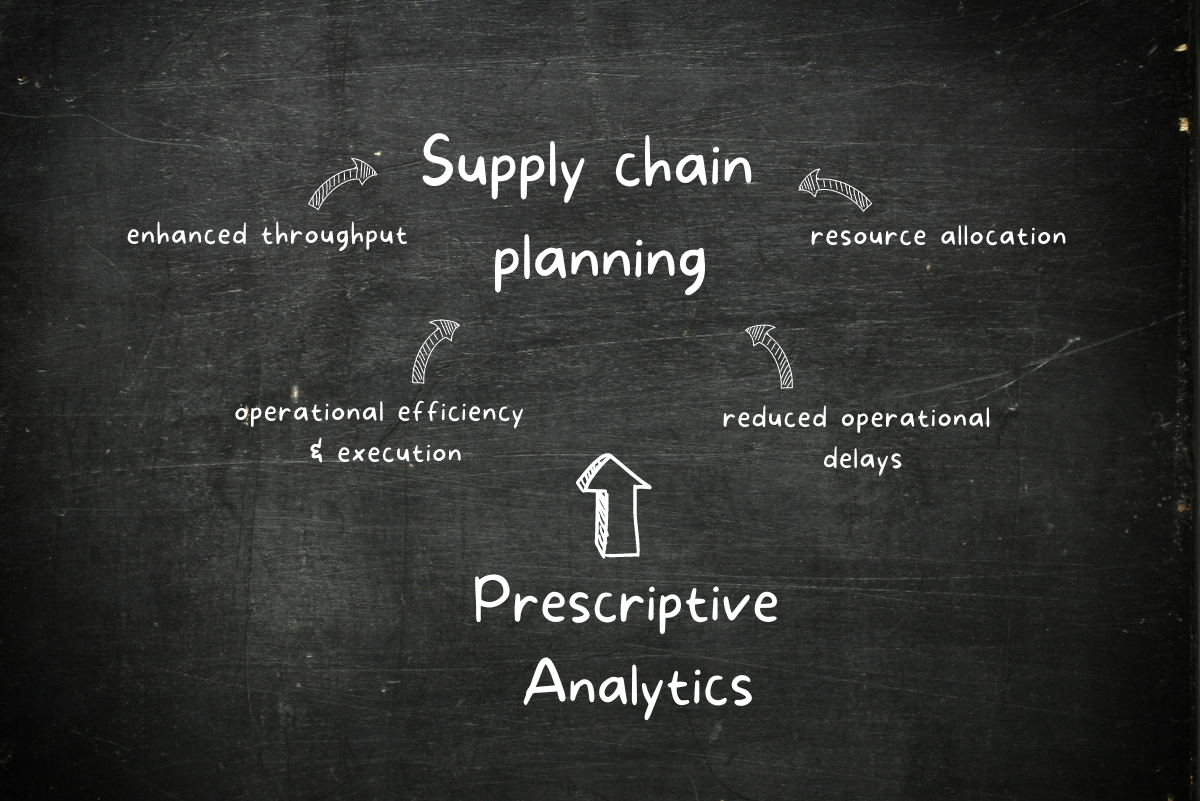Need Robust and Flexible Supply Chain Analytics? Build your own Apps
 Apps have come to define the way we work and live in many ways. We have cars with Apps, watches running Apps, TVs that operate with Apps…as the phrase goes “There’s an App for That.” There are Apps out there for just about anything, it’s hard to imagine a world without them. Why do we love Apps so much? We get the information we need upfront, they can be used anytime, anywhere, they help us connect, and they serve a specific purpose. When it comes to Supply Chain Analytics, an “Apps approach” can have just as many benefits. Gartner’s Noha Tohamy offered a great presentation about this at their recent Supply Chain Executive Conference. But what exactly is a Supply Chain Analytics app?
Apps have come to define the way we work and live in many ways. We have cars with Apps, watches running Apps, TVs that operate with Apps…as the phrase goes “There’s an App for That.” There are Apps out there for just about anything, it’s hard to imagine a world without them. Why do we love Apps so much? We get the information we need upfront, they can be used anytime, anywhere, they help us connect, and they serve a specific purpose. When it comes to Supply Chain Analytics, an “Apps approach” can have just as many benefits. Gartner’s Noha Tohamy offered a great presentation about this at their recent Supply Chain Executive Conference. But what exactly is a Supply Chain Analytics app?
Noha defines it as “a solution developed in-house or by a service provider, targeted at a specific use case.” By taking an Apps approach, companies can build an app library with solutions. Think for instance of a Source Optimization app for your retail company – a custom solution that helps you understand how and when to source your supplies, foresee possible supplier issues and adapt your plans accordingly. Another example, this time in the oil industry, would be an oil blending app. Oil blending is not easy. Blending rules are always in development and are considered to be extremely proprietary. A custom Optimization or Prescriptive Analytics app can be adapted quickly as the rules change, it can empower people in your organization, be readily accessible for end users and help you create better blends.
An “Apps approach” to Supply Chain Analytics is ideal for companies that recognize that one big solution is simply inadequate to solve every challenge they have. Instead, they segment their challenges and approach them with different solutions releasing them as they are able to start adding value. Typically, these companies have a team of people that is dedicated to Supply Chain improvement. But choosing this approach is not always easy and certainly not simple. The next question you need to think about is: should you build custom-made solutions or can you tackle your problems with off-the-shelf Apps?
Pre-packaged vs custom built supply chain analytics apps
There is a lot of discussion in the industry about the benefits of pre-packaged solutions vs custom-built Apps. Noha puts this quite eloquently, as shown in the image below. Pre-packaged solutions are for companies that prefer a “Samurai” model, while custom-built Apps are for companies that prefer to operate “Ninja” style.
With “Samurai” solutions you get clear benchmarks, predictability, control and reliability. The biggest drawback of choosing a “Samurai” or pre-packaged solution is that it won’t always be “fit for purpose.” You won’t be able to tackle all of your challenges with that solution. You’ll become dependent on the provider to expand your tooling capabilities or you’ll need to invest in other pre-packaged Apps for other purposes. Perhaps most importantly, you will find that you’re not differentiating yourself from your competitors and your grander vision will not fit with the off-the-shelf tool.
With a custom-built solution, you get flexibility and innovation but you also need to think about governance. “Ninja” solutions are ideal to experiment, foster innovation and evolve as your business grows. They are unique and can move with the times more easily, but they also require your team’s commitment.
What should you choose? Ultimately, you want to be able to build the capability to solve problems into your organization. The trick of course is to combine these two approaches. Add your own “special sauce” and combine current systems with leaner applications that be adapted as your needs change.
We have seen our customers build seasonal Apps that are quick, flexible and focused but can also easily connect to existing systems. For instance, Warehousing Optimization Apps for the holiday season that can easily pull data from the company’s ERP, or acquisition Apps that can help the customer understand market demand and the effects of the acquisition on their current Supply Chain. Targeted solutions such as these can help you make better decisions and save millions, especially when a powerful engine is involved.
Apps meet algorithms
It’s no mystery that business landscapes are becoming increasingly complex and so too are the decisions that business leaders need to make. Companies have vast amounts of data at their disposal to plot the right course, but they need powerful algorithms to draw insights from this data and make it actionable. As Amber Salley stated during her presentation at the Gartner Supply Chain Executive Conference, success awaits those who embrace the algorithmic revolution.
Algorithms are special engines that allow you to get better results. There are many advanced algorithms you can use inside your Apps. AIMMS, for example, allows you to build models supported by algorithms in order to get insight into the best business scenario and the steps you need to take to achieve it. Once you have these models, you also start seeing other solutions for other business problems. Since AIMMS is a highly flexible system – a “Ninja” solution as Noha states – our customers can leverage the technology in a much wider and more sophisticated way. On top of operational Apps, you can have AIMMS-based Apps to validate your business strategy. Apps with a strong algorithmic engine combined with a user-friendly interface and advanced visualization capabilities will empower your users like never before.
What do you need to get started?
As Noha explained during the conference, there are a few questions you should ask yourself before embarking on this journey. Most importantly:
- Is your organization mature enough to deploy Analytics platforms? Most people think that Analytics Maturity is about technology. In reality, it’s more closely related to company culture. Is there an atmosphere for experimentation in your organization? You need to allow your team to make mistakes and try new things. If you trust that this approach can work and are open to change, the next step is to have a few champions that can support you.
- Do you have the required resources to build and manage models using the platform? You don’t need a large team to start building your own Supply Chain Analytics Apps, but you do need buy-in from the start. Two or three people may be enough to start developing, but you need to make sure you have some executive support to scale up easily when more opportunities arise. Start small and think about this initiative as a startup within your organization.
Ready for your own supply chain enterprise App Store?
Today, leaders realize that many of their employees want to be part of something new and take on challenges that shake the status quo. An uncertainty factor is part of the thrill and makes people more entrepreneurial. They want to innovate and, to borrow another Apple phrase, they want to “think different.” Naturally, you will need to keep your ERP to take care of business, but you also need to find new solutions to stay ahead of the game.
Ready to build your own capabilities and tackle the different challenges you face? Feel free to get in touch to discuss your ideas and make sure to read our blog post on building your Supply Chain Analytics Center of Excellence for more tips and tricks. For more on the Gartner Supply Chain Executive Conference, visit this page.






